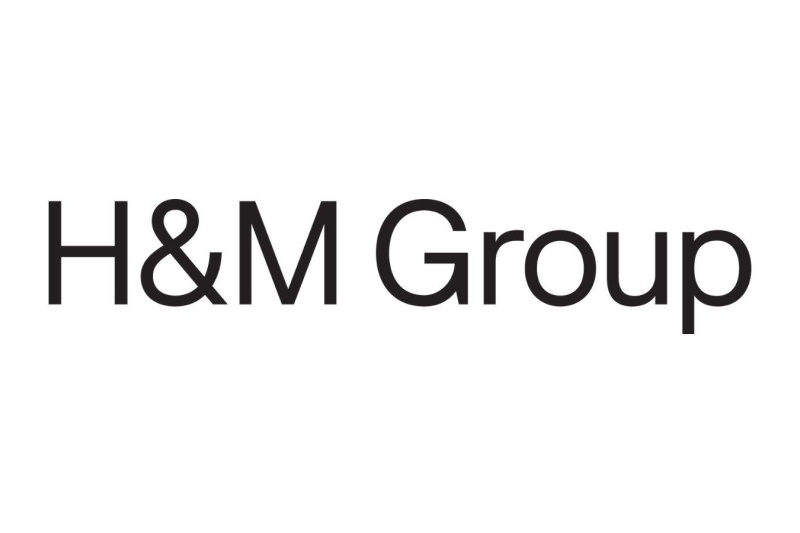
Companies taking action
The SBTi’s target dashboard shows companies and financial institutions that have set science-based targets, or have committed to developing targets. You can view their targets and commitments below, or explore our updated Beta version of the dashboard.
PLEASE NOTE: Final expired commitments related to the Business Ambition for 1.5°C campaign were reflected on March 7 2024. For more information about the campaign read the Business Ambition for 1.5°C Final Report.
Business Ambition for 1.5°C was a campaign aimed at driving the adoption of science-based targets in line with the most ambitious goal of the Paris Agreement - 1.5°C. The campaign officially ended on October 28 2021 and companies had until 31 January 2024 to set targets. After November 2021, companies committing to set net-zero targets also joined Race to Zero. Until April 2023, companies with a net-zero commitment were permitted to use the Business Ambition campaign assets and appear in the Target Dashboard with its insignia. Please refer to the Business Ambition for 1.5°C Final Report for an analysis of the campaign from March 7 2024. Please note that when viewing the data in the Target Dashboard or the data download, all of those companies appear, including those that were not part of the official campaign.
DISCLAIMER: No representation or warranty (express or implied) is given by the SBTi as to the accuracy or completeness of the information, insights, results and/or opinions contained in this statement. You should not act upon the information contained in this statement without obtaining specific professional advice. To the extent permitted by law, SBTi does not accept or assume any liability, responsibility or duty of care for any consequences of you or anyone else acting, or refraining to act, in reliance on the information contained in this statement or for any decision based on it.
Updated every Thursday, the dashboard includes high-level information about each organization’s targets or commitments. A more detailed .xlsx data file is also available to download.
On May 5th 2023, we launched an updated version of the target dashboard as a Beta for testing. You can explore and share your feedback on the new dashboard here.
Understanding the dashboard
Targets are clearly-defined, science-based pathways for companies and financial institutions to reduce greenhouse gas (GHG) emissions, which have been reviewed and validated by the SBTi. Details of an organization’s target can be viewed by expanding the rows below, or downloading the data file. Organizations with targets are identified with temperature alignments and dates in the dashboard’s ‘Target’ columns.
Commitments demonstrate an organization’s intention to develop targets and submit these for validation within 24 months. They are indicated by the word ‘committed’ in the dashboard. These organizations do not yet have validated science-based targets. From March 2nd 2023, organizations that fail to submit targets within 24 months of their commitment have been identified in the dashboard as ‘Commitment removed’.
Near-term targets outline how organizations will reduce their emissions, usually over the next 5-10 years. These targets galvanize the action required for significant emissions reductions to be achieved by 2030. Near-term targets are also a requirement for companies wishing to set net-zero targets.
Long-term targets indicate the degree of emission reductions organizations need to achieve net-zero according to the SBTi’s Corporate Net-Zero Standard criteria. These targets must be achieved no later than 2050 (or 2040 for the power sector). Long-term targets are developed by companies wishing to set net-zero targets under the Corporate Net-Zero Standard.
Temperature alignment indicates the degree of global temperature increase compared to preindustrial levels companies are aligned with, based on their scope 1 and 2 targets, in line with the goals of the Paris Agreement. Temperature alignment is identified in the dashboard with one of the following values: 1.5°C, well-below 2°C, and 2°C.
Please note: Temperature alignment is only provided for most companies' scope 1 and 2 targets. The exception is auto manufacturers, which also have scope 3 category 11 temperature alignment. You can find out more here.
You can find answers to common questions about the dashboard and data in our FAQs below.
Our commitment compliance policy
On January 31 2023, the commitment compliance policy came into effect. It specifies that companies that do not submit targets within 24 months of their commitment will be identified in the dashboard as ‘Commitment removed’. Companies that were unable to fulfil their commitment before this policy came into force were given the option to have their commitments removed from the dashboard without being identified. You can download a snapshot of the data before these commitments were removed here.
Improving the dashboard
We’re working to improve the dashboard and data download. To find out more about our plans and timelines, read our blog and sign up to our newsletter.
You can report an error or gap in our data using this form.
Our Companies Taking Action table no longer supports ie11.
Download
the XLS data
here
Frequently asked questions
We believe the private sector has a vital role to play in the transition to a zero-carbon economy. That's why we updated our target with the SBTi and have aligned our ambition – across our whole value chain – with a 1.5C world. Kristina Kloberdanz Chief Sustainability Officer, Mastercard
Join the world’s biggest companies by cutting your GHG emissions
Latest News
View News


